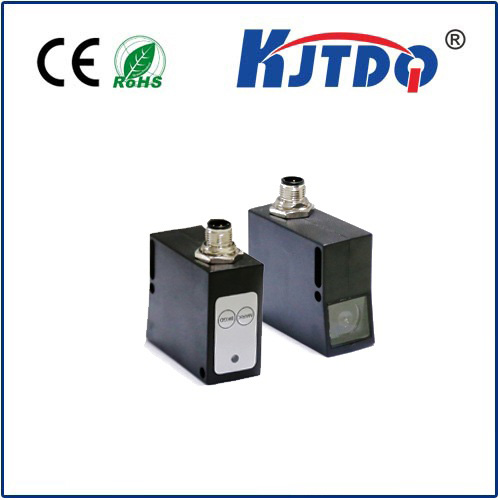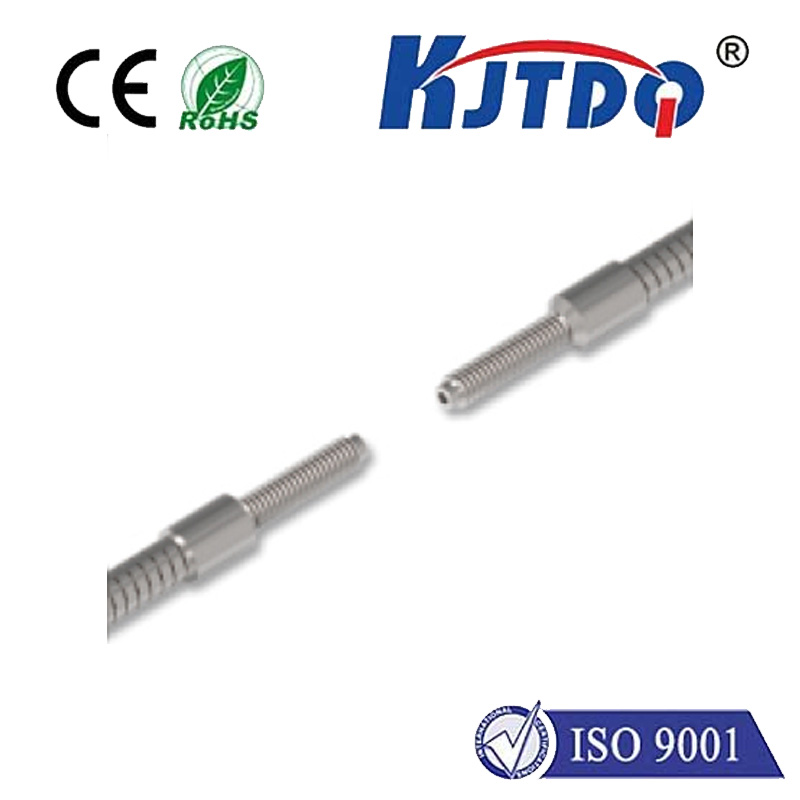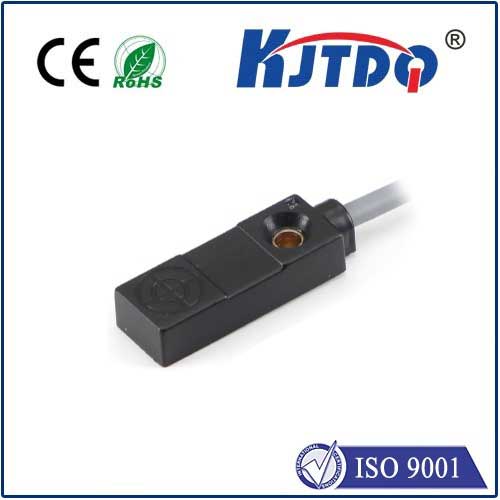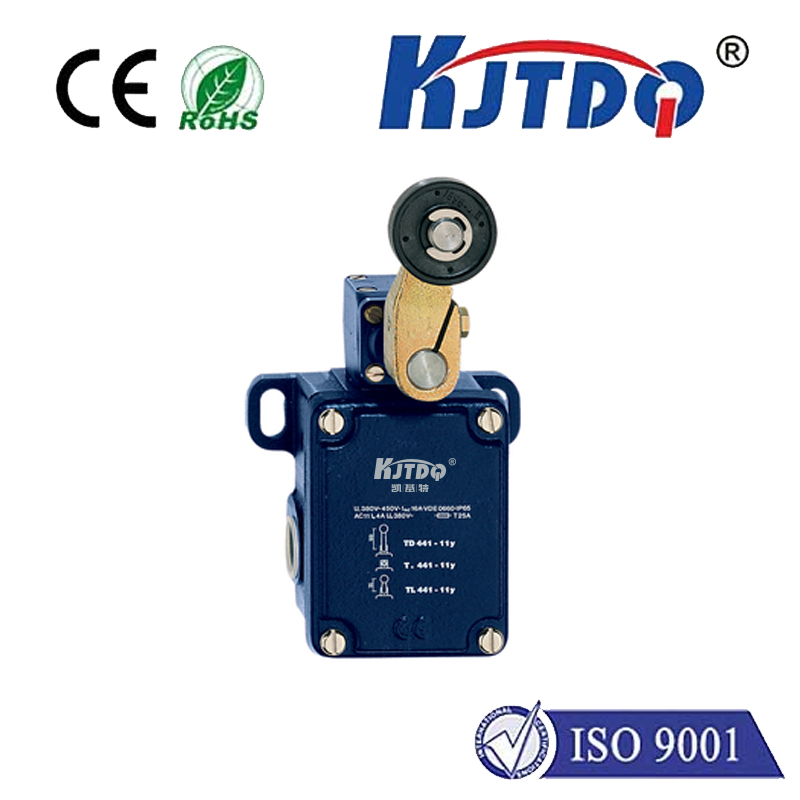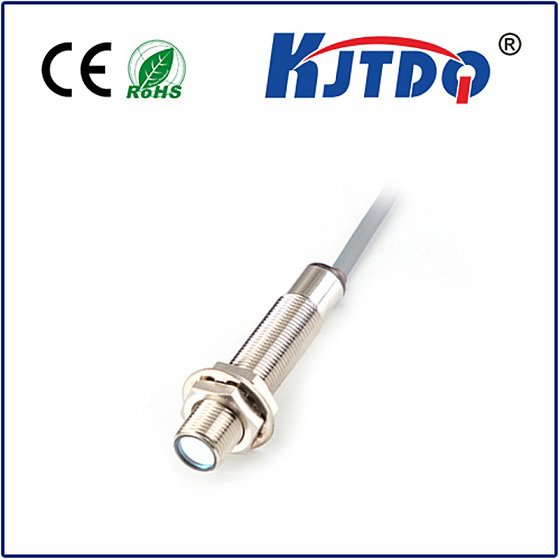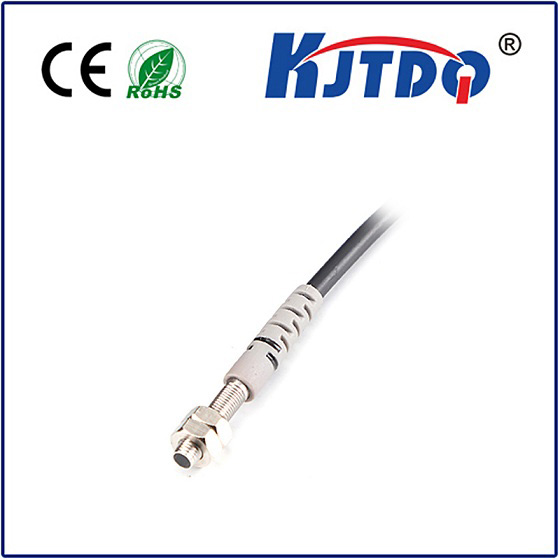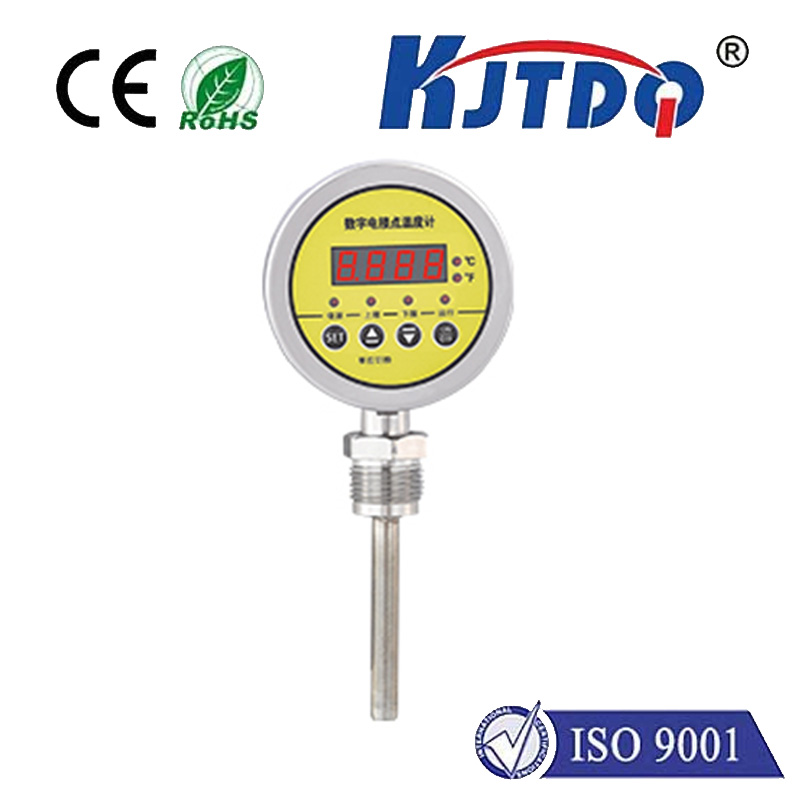photoelectric diffuse horizontal irradiance sensor
- time:2025-09-12 02:01:44
- Нажмите:0
Unveiling the Diffuse Sky’s Measure: The Essential Photoelectric Diffuse Horizontal Irradiance Sensor
The sun bathes our planet, but not all sunlight arrives directly. On overcast days, or even clear ones with atmospheric scattering, a significant portion of solar energy reaches us softly from every corner of the sky – diffuse light. Understanding and quantifying this diffuse component is critical for numerous applications, from optimizing solar power plant performance to climate research. This is where the photoelectric diffuse horizontal irradiance sensor steps into the spotlight as an indispensable scientific instrument.
Unlike its cousin measuring total sunlight (global horizontal irradiance or GHI), the photoelectric diffuse sensor has a singular, critical mission: to isolate and precisely measure only the diffuse component of solar radiation striking a horizontal surface. This measurement, known as Diffuse Horizontal Irradiance (DHI), is expressed in Watts per square meter (W/m²). Why does DHI matter so much? For solar photovoltaic (PV) installations, understanding DHI is vital for accurate yield predictions and system modeling, especially in regions frequently affected by cloud cover. It reveals how much energy panels can capture even when the direct sun is obscured. Furthermore, climate scientists rely on diffuse irradiance data to study aerosol effects, cloud properties, and atmospheric transparency.
How Does This Specialized Sensor Work?

The core principle hinges on selective exclusion and photoelectric conversion:
- Blocking Direct Sunlight: The defining feature is a small, precisely aligned shading mechanism. This is typically a shading ball or disk mounted on a tracking arm that continuously follows the sun’s path across the sky. Its sole purpose is to cast a shadow only on the sensor’s detector, meticulously blocking all direct beam sunlight.
- Capturing Diffuse Light: The detector itself, positioned horizontally under the shade, is exposed to the entire dome of the sky except the exact position of the sun. It receives all radiation scattered by molecules, aerosols, water vapor, and clouds – the pure diffuse horizontal irradiance.
- Photoelectric Conversion: Instead of measuring heat (like traditional thermopile pyranometers), these sensors utilize a silicon photodiode. When photons within the sensor’s spectral response range (typically around 300-1100 nm, encompassing most solar energy relevant for PV) strike the photodiode, they generate an electrical current. This current is directly proportional to the intensity of the incident diffuse irradiance.
- Signal Processing & Output: The small electrical signal from the photodiode is amplified, conditioned (often corrected for temperature), and converted into a standard output signal (e.g., voltage, 4-20 mA, or digital via RS-485/Modbus) proportional to the DHI. Modern sensors often include onboard processing for direct unit conversion (W/m²).
Key Advantages Driving Adoption
Photoelectric diffuse sensors offer significant benefits over older technologies:
- High Sensitivity & Low Noise: Photodiodes generate a relatively strong signal even under low diffuse light conditions (e.g., heavy overcast), providing better resolution and accuracy in those critical states than thermopiles.
- Rapid Response Time: The photoelectric principle allows for very fast response times (milliseconds), enabling the capture of subtle and rapid irradiance fluctuations caused by moving clouds.
- No Zero-Offset Drift: Unlike thermopiles, which can suffer from thermal offsets (e.g., from wind cooling or thermal gradients), photodiode sensors are inherently immune to this significant source of error.
- Ease of Use & Integration: Digital outputs simplify integration into data loggers and SCADA systems. They typically require less complex signal conditioning than thermopiles.
- Cost-Effectiveness: Generally, photoelectric diffuse horizontal irradiance sensors offer a more economical solution compared to high-precision thermopile diffuse sensors (though thermopiles remain the absolute reference standard).
Critical Applications Relying on DHI Data
The data provided by these sensors is fundamental across multiple fields:
- Solar Energy Resource Assessment: Accurate DHI data is essential alongside GHI and DNI (Direct Normal Irradiance) for bankable solar resource assessments and predicting long-term PV plant performance.
- PV Power Plant Monitoring & Performance Analysis (PVPM): Real-time DHI measurements help distinguish between losses due to clouds (affecting diffuse and direct) and losses due to module degradation or soiling.
- Solar Forecasting: High-temporal-resolution DHI data is crucial input for models predicting solar energy generation minutes to hours ahead, especially for grid integration management. Capturing cloud-induced fluctuations rapidly is key.
- Meteorology & Climate Research: Scientists use diffuse irradiance trends to study atmospheric aerosol loading (e.g., from pollution or volcanic eruptions) and their impact on the Earth’s radiation budget (“global dimming/brightening”). Long-term DHI records are vital climate data.
- Agriculture & Environmental Studies: Understanding diffuse light penetration is important for canopy light modeling and ecosystem studies.
Important Considerations and Limitations
While powerful, photoelectric sensors have specific characteristics:
- Spectral Sensitivity: Silicon photodiodes are most responsive to the visible and near-infrared spectrum. While this aligns well with the spectral response of many PV panels (see spectral match), it means they don’t respond equally to all wavelengths of sunlight. Calibration against a reference instrument under varying sky conditions is crucial to ensure accuracy. Significant errors can occur if the spectral distribution of diffuse light differs markedly from calibration conditions (e.g., very clear vs. very polluted skies).
- Accuracy vs. Thermopile Reference: Secondary Standard or First Class thermopile pyranometers, when correctly shaded, remain the reference instruments for highest absolute accuracy in DHI measurement due to their broader spectral response and thermal measurement principle, unaffected by spectral shifts. Photoelectric sensors offer excellent performance and stability but are typically considered “good” or “moderate” accuracy instruments compared to the thermopile reference.
- Cosine Response: The sensor must respond accurately to light arriving from all angles across the sky dome. Imperfect cosine response (especially at low sun angles) can introduce errors, though modern designs strive to minimize this. Proper leveling is critical.
- Shading Accuracy: The precision of the shading mechanism (tracking accuracy, size, and alignment of the ball/disk) is paramount. Any direct beam leakage compromises the DHI measurement significantly.
Why the Photoelectric Diffuse Horizontal Irradiance Sensor is Indispensable
In the quest to harness solar energy efficiently and understand our atmospheric environment, quantifying diffuse sunlight is not optional – it’s essential. The photoelectric diffuse horizontal irradiance sensor provides a robust, responsive, and cost-effective solution for continuously measuring diffuse horizontal irradiance. Its ability to deliver high-resolution data rapidly makes it particularly valuable for solar PV applications and atmospheric science where capturing dynamic cloud effects is key. While understanding its spectral sensitivity and calibration needs is vital, the advantages of speed, sensitivity, and stability solidify its role as a critical tool in the modern solar and meteorological monitoring toolkit. By accurately capturing the sky’s soft glow, these sensors play a fundamental role in unlocking the full potential of solar resources and deepening our knowledge of the Earth’s complex climate system.







